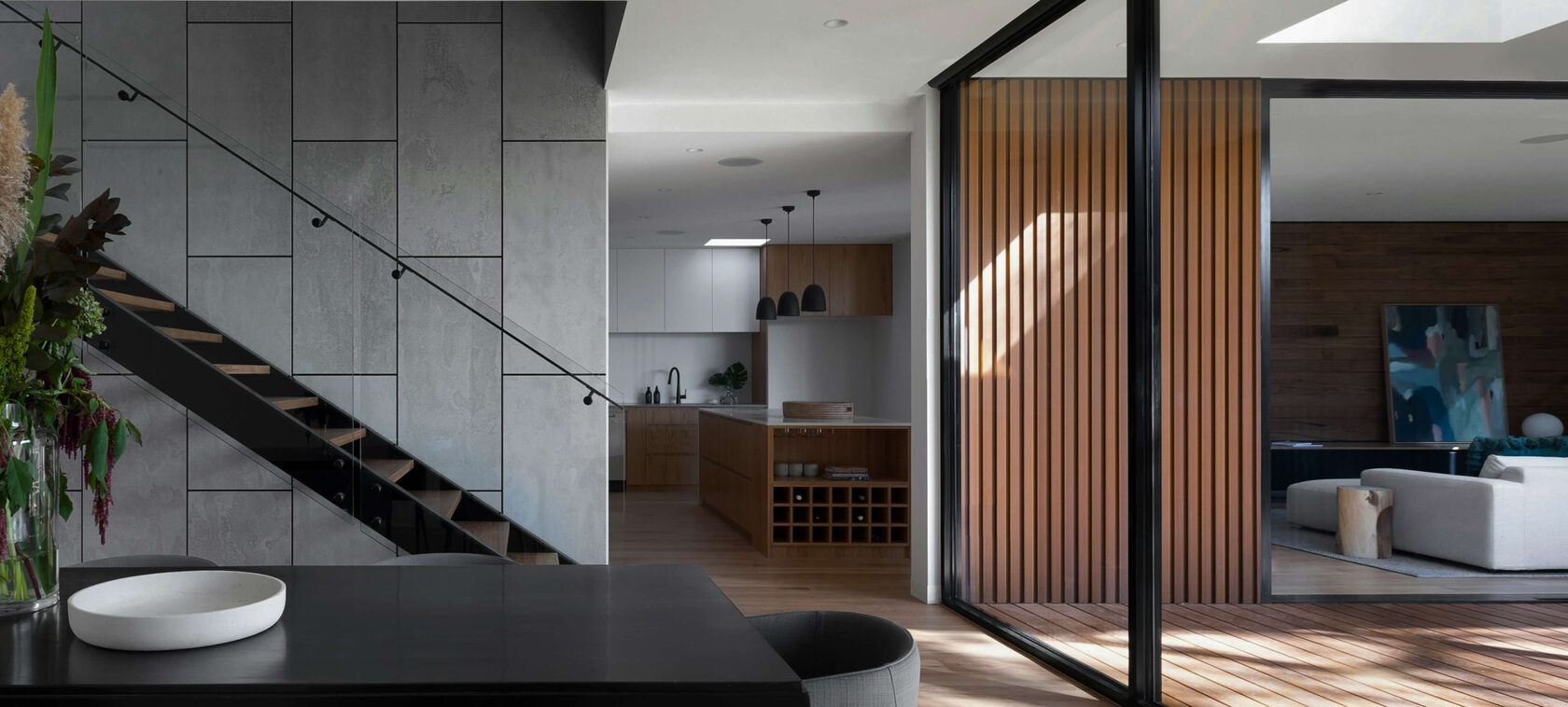Contents
- Improper Placement of Elements
- Non-Ergonomic Solutions
- Difficult Access to the Kitchen Triangle
- Insufficient Storage Space
- Small Work Surface
- Poor Lighting
- Lack of or Incorrect Power Selection for the Extractor
- Lack of a Unified Style
- Incorrect Island Size
- Ignoring Waste Management Issues
- Following Trends Too Closely
- Insufficient Number of Electrical Outlets
- Saving on Drawer Systems
- Sink Placed Too Close to the Stove
- Using Natural Stone Countertops
- Insufficient Free Space
- Not Considering Hardware Selection
- Glossy Kitchen Surfaces
- Using Natural Marble Covering
- Incorrect Measurement of Appliances
- Open Ventilation System
- Ignoring Safety
- Using Shelves Instead of Drawers

1. Improper Placement of Elements
Example: The height of the countertop or the location of cabinet handles may be uncomfortable to use.
Solution: Choose ergonomic furniture and equipment that will provide comfort when using the kitchen.
2. Non-Ergonomic Solutions
Example: The height of the countertop or the location of cabinet handles may be uncomfortable to use.
Solution: Choose ergonomic furniture and equipment that will provide comfort when using the kitchen.
3. Difficult Access to the Kitchen Triangle
Example: Blocking the workspace with furniture or obstacles makes it difficult to move between elements in the kitchen triangle.
Solution: Ensure free access to the kitchen triangle so the cook can move comfortably between the elements without obstruction.
4. Insufficient Storage Space
Example: A lack of sufficient cabinets and shelves creates clutter in the kitchen.
Solution: Plan enough cabinets, drawers, and shelves to store kitchen utensils, appliances, and food.
5. Small Work Surface
Example: Limited workspace makes it difficult to prepare meals comfortably.
Solution: Arrange the kitchen elements to provide a sufficient work surface without occupying too much of the area.
6. Poor Lighting
Example: Inadequate lighting or poorly positioned light sources create dark areas in the kitchen.
Solution: Use a combination of general lighting (e.g., ceiling lights) and directed lighting over work areas to create a bright and comfortable atmosphere.

7. Lack of or Incorrect Power Selection for the Extractor
Example: The absence of an extractor or choosing one with inappropriate power results in insufficient removal of odors and steam during cooking.
Solution: Install a suitable extractor with enough power for the kitchen.
8. Lack of a Unified Style
Example: A mix of different styles and design elements disrupts harmony and aesthetics in the kitchen.
Solution: When designing the kitchen, consider the overall style and concept of your home to create a cohesive and attractive space.
9. Incorrect Island Size
Example: A too large or too small island creates difficulties in the kitchen.
Solution: Plan the island size by considering the available space and functional needs, making it both useful and aesthetically harmonious.

10. Ignoring Waste Management Issues
Example: Insufficient space for waste separation or improperly placed trash bins complicate waste management in the kitchen.
Solution: Plan a functional solution for waste management that fits your kitchen's needs. Consider placing containers for waste separation or more accessible solutions for kitchen waste.
11. Following Trends Too Closely
Example: Following only trendy elements in kitchen design while ignoring personal preferences and functional needs.
Solution: When designing your kitchen, consider your personal preferences and functional needs to create a comfortable and enjoyable space for you.
12. Insufficient Number of Electrical Outlets
Example: A lack of sufficient electrical outlets makes using electric appliances and devices in the kitchen difficult.
Solution: Plan an adequate number of electrical outlets and place them in convenient locations to minimize the use of extension cords.
13. Saving on Drawer Systems
Example: Choosing cheap and low-quality drawer systems causes them to break quickly and become difficult to use.
Solution: Use quality drawer systems for cabinets and drawers to ensure easy access to these areas.
14. Sink Placed Too Close to the Stove
Example: Placing the sink too close to the stove creates a risk of accidentally knocking over hot objects or liquids.
Solution :Place the sink at a safe distance from the stove to prevent such accidents.
15. Using Natural Stone Countertops
Example: Natural marble or granite countertops require special care and are sensitive to stains or damage.
Solution: Consider alternative materials such as artificial stone or ceramic that offer durability and ease of maintenance.

16. Insufficient Free Space
Example: Excessive use of furniture and accessories creates a cramped feeling and hinders the comfortable use of the space.
Solution: Ensure enough free space in the kitchen to move around and use it comfortably. Place furniture in a way that doesn't overly narrow the space.
17. Not Considering Hardware Selection
Example: Low-quality and inefficient hardware can cause problems in opening and closing cabinets and drawers.
Solution: Choose high-quality hardware that allows for easy opening and closing of furniture elements.
18. Glossy Kitchen Surfaces
Example: Glossy cabinet doors may look stylish, but they often need frequent cleaning and are prone to fingerprints and scratches.
Solution: Consider matte or textured finishes that are easier to clean and don't show marks as easily.
19. Using Natural Marble Covering
Natural marble, though luxurious, requires regular maintenance and protection against stains. Consider alternatives like artificial stone or ceramic tiles that mimic the look of marble.

20. Incorrect Measurement of Appliances
When choosing kitchen appliances, consider their size and connection requirements. Make precise measurements to leave enough space and ensure comfortable use.
21. Open Ventilation System
Make sure your kitchen has an effective and closed ventilation system to prevent odors and steam from spreading throughout the house.
22. Ignoring Safety
Pay attention to safety in the kitchen. Keep sharp tools and hazardous chemicals out of children's reach. Install safety devices on electrical outlets and gas stoves.
23. Using Shelves Instead of Drawers
Shelves can be inefficient for storing small items and can lead to clutter. Use organizing drawers to keep the inside of cabinets tidy.


